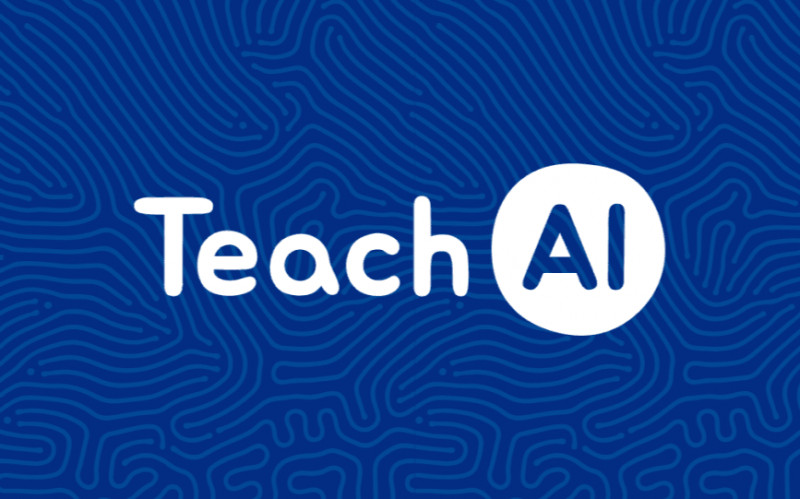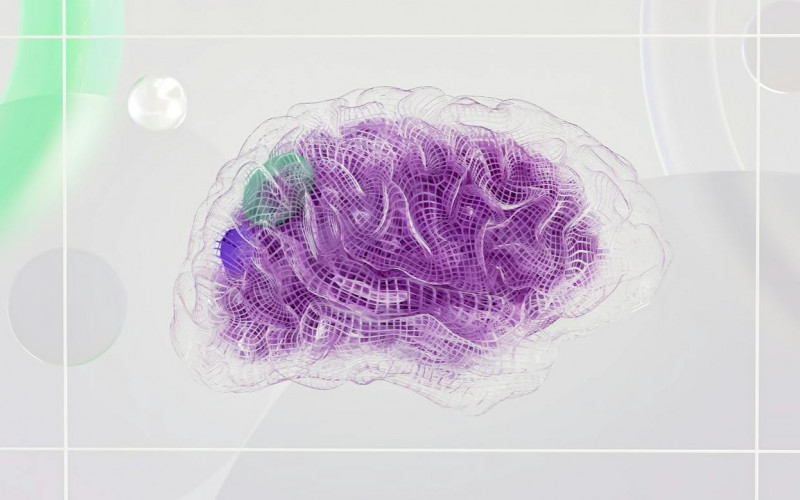Pathways to College Completion in the Inland Empire
The diversity of students, institutions, and opportunities within the Inland Empire calls for a close look at the strategies that work best to set the region’s students on the path to college. Recognizing the points where students fall off the path can help tailor efforts to improve outcomes. The size of the Inland Empire—with more than one in ten of the state’s high school students—means improvements to higher education attainment would reach beyond the region and across the state. High school students from the Inland Empire are much less likely to go to and graduate from college than their peers in the rest of the state. Only 26 percent of Inland Empire ninth graders are on track to earn a bachelor’s degree, compared to 35 percent in the rest of the state. Even with high school graduation rates that are above the state average, only 57 percent of Inland Empire graduates attend a college anywhere in the US, compared to 65 percent of graduates in the rest of the state. Fewer Inland Empire high school graduates enroll in four-year colleges, and transfers from community colleges are low. Only 25 percent of the region’s high school graduates attend a four-year college after high school. Most who go to college attend community colleges, where transfer rates are the lowest in the state—only 31 percent of transfer-intending students do so within six years, compared to 40 percent
statewide. Inland Empire students are underrepresented at the state’s public four-year universities. Low representation is due in part to low completion of the high school courses required for admission to
University of California (UC) and California State University (CSU), though other factors such as financial constraints, campus proximity, and access also play a role. College-going and completion are low among low-income, Black, and Latino students. Inland Empire students from low-income families are much less likely to graduate from college than those from higher income families. Black and Latino ninth graders are only about half as likely as white and Asian students to make it through high school, enroll in college, and graduate with a bachelor’s degree. With 4.6 million people, the Inland Empire is the third-most populated region in California—after Los Angeles County (10 million) and the San Francisco Bay Area (7.8 million); it consistently ranks among the fastest growing regions in the state. With its youthful, diverse, and growing population, the Inland Empire could be an important source of new college graduates to meet the strong demand for highly educated workers in the state, which could lead to a better regional economy. Students and their families also express a desire for higher education: 71 percent of California parents want their child to earn a college degree.
























